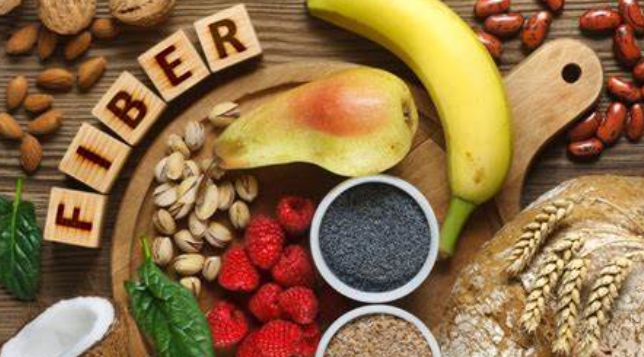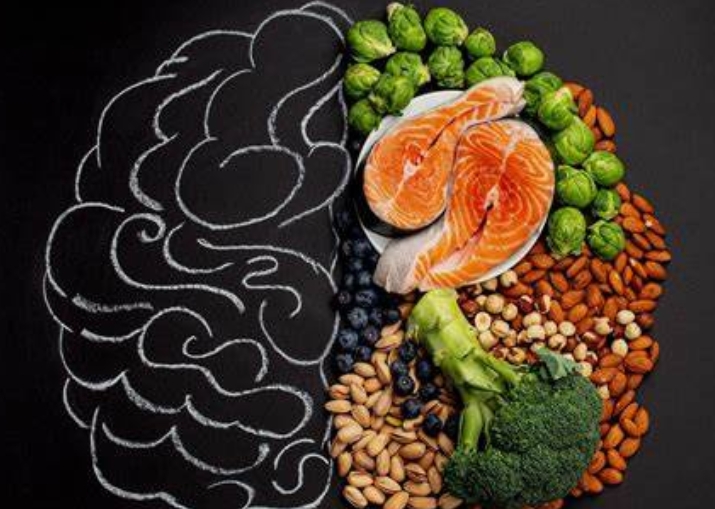Fiber is one of the most important nutrients in our diet, yet it’s often overlooked. It’s not just something that helps keep you “regular”—fiber plays a crucial role in overall health, supporting everything from digestion to heart health and weight management. Unfortunately, many people don’t get enough fiber in their diet, leading to potential health problems down the road. Here’s why fiber is essential and how you can make sure you’re getting enough of it.
Fiber can be divided into two main types: soluble fiber and insoluble fiber, and both play unique and vital roles in the body. Soluble fiber dissolves in water to form a gel-like substance. It helps lower cholesterol levels, regulate blood sugar levels, and improve heart health. Insoluble fiber, on the other hand, doesn’t dissolve in water and helps move food through the digestive tract, preventing constipation and promoting regular bowel movements.
One of the biggest benefits of fiber is its positive impact on digestive health. Insoluble fiber acts like a broom, sweeping through the digestive system and helping to prevent constipation by adding bulk to stool and facilitating its movement through the colon. For those who suffer from digestive issues like constipation or irregular bowel movements, a fiber-rich diet can make a world of difference. Foods such as whole grains, beans, lentils, and vegetables are excellent sources of fiber that can promote regularity and digestive comfort.
Fiber also plays a crucial role in heart health. Soluble fiber helps lower “bad” LDL cholesterol levels by binding to cholesterol particles in the digestive system and removing them from the body. This can help reduce your risk of developing heart disease and stroke. Foods like oats, beans, apples, and flaxseeds are all rich in soluble fiber and can help keep your cholesterol levels in check. Along with fiber, these foods provide antioxidants and heart-healthy nutrients that contribute to overall cardiovascular health.
In addition to its digestive and heart-health benefits, fiber can also support weight management. High-fiber foods are often low in calories but very filling, which can help curb overeating. Fiber takes longer to digest, which means you’ll feel fuller for longer periods of time, making it easier to stick to portion-controlled meals. By including fiber-rich foods in your diet, you may find that you naturally eat fewer calories and experience better weight control. Whole fruits, vegetables, beans, and legumes are all great options for anyone looking to maintain a healthy weight.
Fiber is also beneficial for blood sugar regulation. Soluble fiber helps slow the absorption of sugar into the bloodstream, preventing spikes in blood sugar levels. This is especially important for individuals with diabetes or those at risk of developing type 2 diabetes. By incorporating fiber-rich foods like vegetables, fruits, and whole grains into your meals, you can help stabilize blood sugar levels and reduce the risk of developing diabetes. It can also help with insulin sensitivity, which is key for managing blood sugar effectively.
Another advantage of a fiber-rich diet is its ability to reduce inflammation. Chronic inflammation is linked to many health issues, including heart disease, arthritis, and certain cancers. Studies have shown that fiber can help reduce markers of inflammation in the body. By eating a variety of fiber-rich foods like leafy greens, berries, beans, and nuts, you can promote overall health and reduce your risk of inflammatory conditions.
While fiber is crucial for overall health, many people don’t consume enough of it. The recommended daily intake of fiber is about 25 grams for women and 38 grams for men, but most people fall short of these goals. To increase your fiber intake, it’s important to focus on whole, plant-based foods. Some easy ways to boost your fiber intake include:
- Start your day with whole grains: Choose oatmeal, whole grain cereals, or whole wheat toast instead of refined grains.
- Snack on fruits and vegetables: Keep fruits like apples, pears, and berries, and raw vegetables like carrots and cucumbers on hand for quick snacks.
- Add legumes to your meals: Beans, lentils, and chickpeas are packed with fiber and can be added to soups, salads, or stews.
- Incorporate nuts and seeds: Chia seeds, flaxseeds, almonds, and walnuts are high in fiber and healthy fats, making them great additions to smoothies or salads.
- Choose fiber-rich snacks: Popcorn, edamame, or a handful of almonds can make for a satisfying and fiber-packed snack.
It’s important to gradually increase your fiber intake, as a sudden increase can cause digestive discomfort such as bloating or gas. Drinking plenty of water alongside a high-fiber diet can help prevent these issues and aid in digestion.
In conclusion, fiber is a crucial nutrient that offers a multitude of health benefits, from improved digestion and heart health to better weight management and blood sugar regulation. By focusing on fiber-rich foods such as fruits, vegetables, whole grains, legumes, and nuts, you can significantly improve your overall health. So, make fiber a priority in your diet, and your body will thank you.





